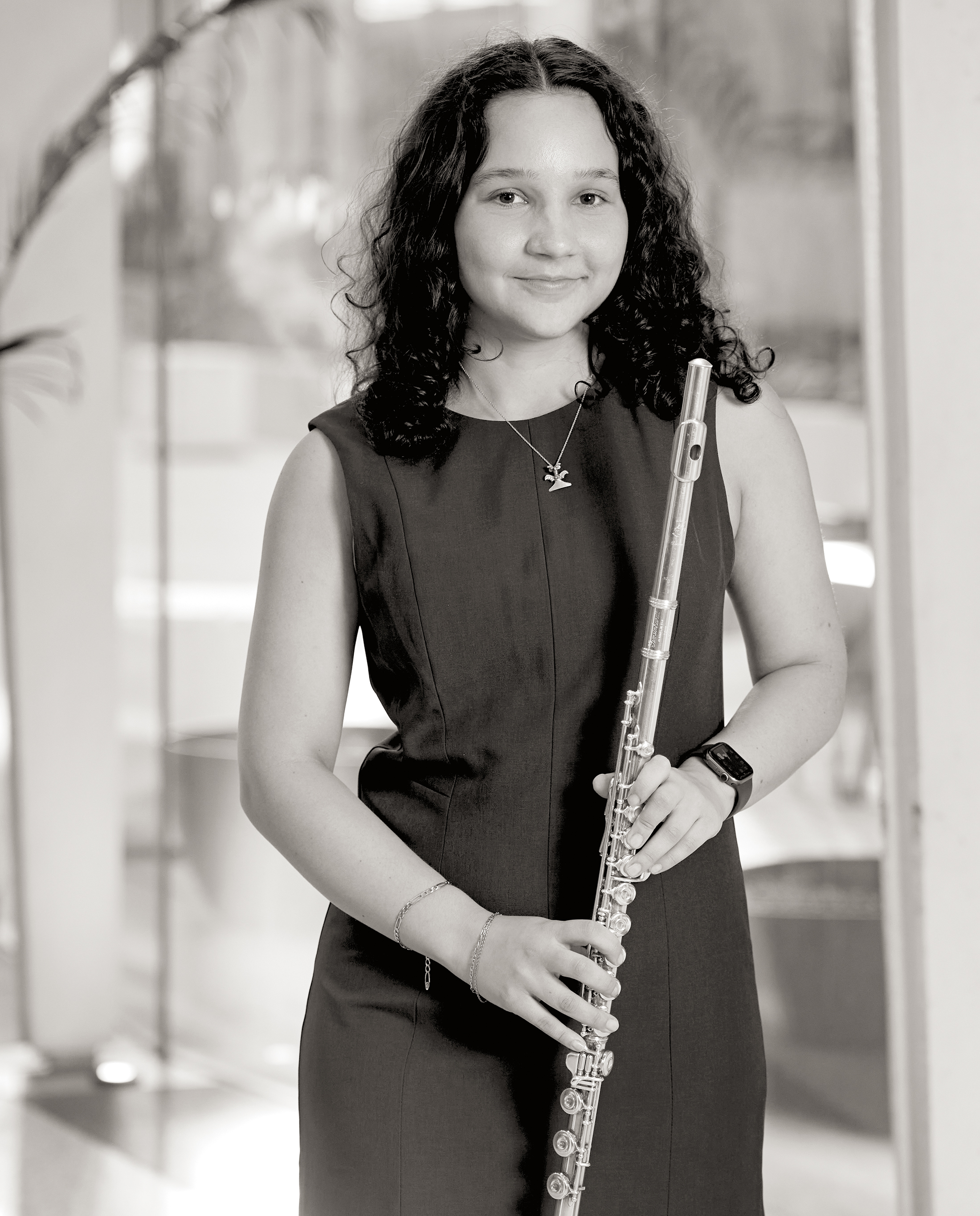Conductor Adrian Rogers, of the Juilliard School, leads the Weill Cornell Music & Medicine Orchestra.
Early in her Weill Cornell Medicine experience, Annie Wu joined the Music & Medicine Initiative. It allowed her to continue performing on the viola and gave her a chance to interact with patients — something that typically doesn’t happen until later in a student’s studies.
“It’s nice when, as a medical student, you have time after performing to hear a story about a patient’s life,” says Wu, who is now in the third year of her studies. “I’d probably never have had a chance to sit with a patient like that if not for music.”
Supporting medical students was one of the primary motivations for creating the initiative in 2009. Enhancing the patient experience and sharing musical performance with the greater New York City community were others.
During the COVID pandemic, Music & Medicine largely went on hiatus. Over the past two years, though — in part through support from the Weill Cornell Medical College Alumni Association — performances have gradually returned. Most recently, the Weill Cornell Music & Medicine orchestra returned to the stage, punctuating the initiative’s reprise.
Burnout-prevention benefits
Dr. David Shapiro, a clinical professor of psychiatry, founded the initiative after noticing that many prospective medical students he interviewed had extensive backgrounds in music.
“He had the idea to make Weill Cornell Medicine the most musician-friendly medical center in the country,” says Dr. Richard Kogan, clinical professor of psychiatry, who serves as Music & Medicine’s artistic director. The initiative quickly became a valuable expressive outlet for students and staff.
“Burnout is such a problem in the medical community,” Dr. Kogan says. “People being able to practice on their own with their instrument can be healing, but being able to create music with others can be even more profoundly therapeutic.”

Violist Annie Wu, a medical student, rehearses with the orchestra.























